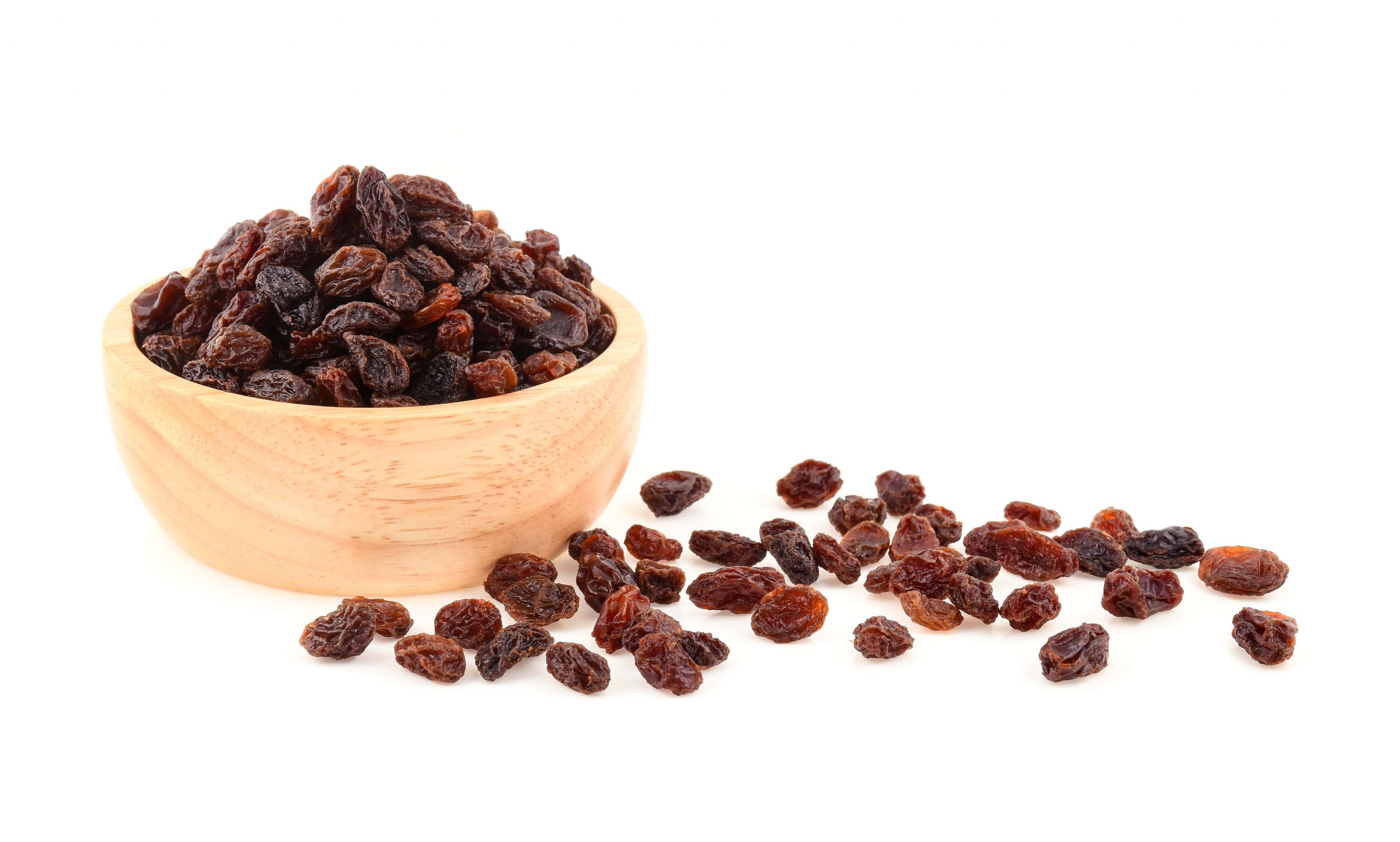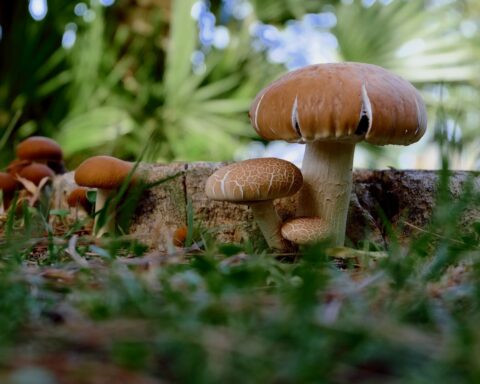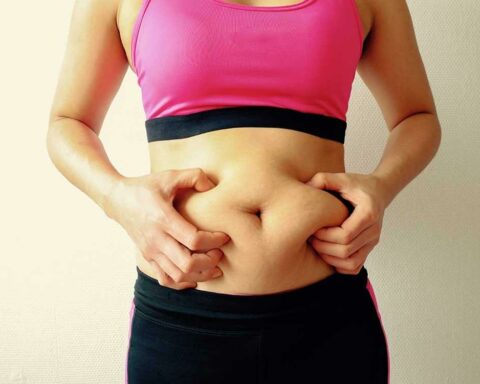The cakes and muffins we often eat may have raisins. The yogurt we buy from the malls and the granolas are also rich in raisins. Since raisin forms part of what goes into the stomach and definitely have a bearing on our health, you may want to know if they are healthy and if you really should eat them.
Eating healthy helps us stay healthy, and that’s why when some health-conscious people crave candies or sweets, they opt for raisins. These are prepared by drying grapes in a food dehydrator or the sun, making seeds that are both healthy and rich in vitamins, minerals, and other nutrients. The bakeries appreciate raisins and use them in preparing bread, cakes, and muffins. Some people add raisins to oatmeal and yogurt, and the same seeds when mixed with cereals and granolas, make great foods. Learn from this article whether raisins are healthy and if you should take them.
Origin and initial uses of raisins
Raisins have not become popular today. Even centuries ago, these sweet no-fuss snacks were already in the picture. Their origin is in the Middle East, where the dried seeds first populated. With time, they spread far and wide to Europe and took roots among the Romans and Greeks. In all these regions, raisins were considered important. When athletes and sportspeople excelled, they would be awarded raisins. In this way, it was a form of currency. When a person had an instance of food poisoning, he would be given raisins as an instant remedy. Today, raisins are consumed globally as major snacks and ingredients in the baking industry. The drying process results in raisins of different colors, whereby the red ones are useful in the baking industries while the shriveled yellow raisins form great snacks.
The nutritional profile of raisins
In gauging the health benefits of a given food, nutritionists often focus on the food’s nutritional profile. What makes up a given food determines how healthy it is. Raisins are nutrient-dense snacks. Grapes are, but the drying process concentrates the nutrients and sugars in them, making raisins more nutrient-rich than grapes. Examining such a profile and comparing it with any side effects or health concerns of raisins helps a person make an informed choice of either eating or not eating raisins. The following section is a breakdown of what makes up the nutritional profile of raisins.
Sugars and calories
As you eat raisins, know that you will be taking a lot of sugars and calories. A typical 12ounce soda contains about 33 grams of sugar and 150 calories. This is quite a lot, isn’t it? Yet, if you were to take half a regular-sized cup of raisin, you will be taking in some 47 grams of sugar and 217 calories. Of course, this cannot be compared to what sodas offer but are typical of what most dried fruits would offer.
Because of the levels of sugars and calories in raisins, these seeds are known as ‘nature’s candies.’ Thus, you would not include them in the list of low-sugar or low-calorie seeds. Instead, keeping an eye on how many raisins you eat is the only way to keep your sugar and calorie levels in check, thereby watching your weight and blood sugar levels. Since they are these sweet, some people might have a hard time controlling how many raisins you can take. For such people, the prepackaged raisins in the small boxes will do as such boxes offer only 100 calories, which is within the limits.
Athletes can benefit from taking raisins. This is especially for those going on long and endurance races. Many athletes go for sports jelly beans and sports chews and gels. However, raisins form a better and healthier alternative, as these do not have any added ingredient, and are only a result of drying grapes in the food dehydrator or the sun. Thus, endurance athletes can take them, put in good carbs, and be able to participate in endurance athletics with boosted performance.
Fibers
Fibers are an important aspect of a person’s daily dietary requirements and raisins are rich in these. Both soluble and insoluble fibers are needed by the body. Soluble fibers form roughage in the diet, thereby preventing constipation and common digestive issues. Insoluble fibers are food for the gut microbiota, keeping them healthy and lowering the risk of respiratory infections. Raisins supply the body with a good amount of fibers, about 3.3 grams per half a normal-sized cup. These can help you in your weight loss quest since fibers slow down bowel emptying. As if that’s not enough, the fibers in raisins help with heart health by lowering bad cholesterol.
Phytochemicals
Raisins are also rich in phytochemicals which make good antimicrobial compounds. For instance, linoleic, linolenic, and oleanolic acids are great phytochemicals that help fight the cavity-causing bacteria in teeth. Raisins are rich in all these, making them a great source of antimicrobial sources. Thus, if you ever feel like you need some snacks, try moderate amounts of raisins and reap great health benefits, including a healthy smile.
Phytonutrients and antioxidants
Heart disease, diabetes, stroke, and cancer are some examples of diseases caused by high levels of free radicals in the body that accumulate and cause oxidative stress. Phytonutrients and antioxidants are needed to fight these radicals and eliminate them from the body, thereby limiting the risk of the mentioned diseases. Raisins are rich in polyphenols and phenols, two examples of phytonutrients.
Calcium and boron
Many doctors and health practitioners now recommend raisins to postmenopausal women who often suffer from osteoporosis and bone issues. If you were to take half a cup of raisins, you will be taking 4% of your daily recommended intake for calcium (45mg), and this helps strengthen your bones and teeth and minimize the chances of suffering from osteoporosis. Boron also works with calcium to help have healthy and strong bones and teeth, and raisins contain a substantial amount of trace boron.
How to prepare your raisins
If all you want is to make your raisins instead of buying them, you can do it. Simply get fresh grapes, cut off the big stems, wash them in cold water, and set them to dry. Use a tray with holes to enhance air circulation. Distribute the grapes on the tray, always rotating them for maximum penetration. You should have your raisins after two or three days.
Conclusion
Raisins are among the no-fuss snacks in the market today. You can enjoy them with savory dishes, yogurt, granola, or deserts. Either way, you are sure to reap the benefits from raisins’ rich nutritional profile. Even as you enjoy them, remember to keep them moderate as they are rich in calories and sugars that could lead to unhealthy weight gain.
- How the Pec Deck Works Your Chest - April 19, 2024
- Homemade Eye Drops: Risks, Benefits, and More - April 19, 2024
- SMART TOOTHPICKS COMPANY - July 29, 2023









